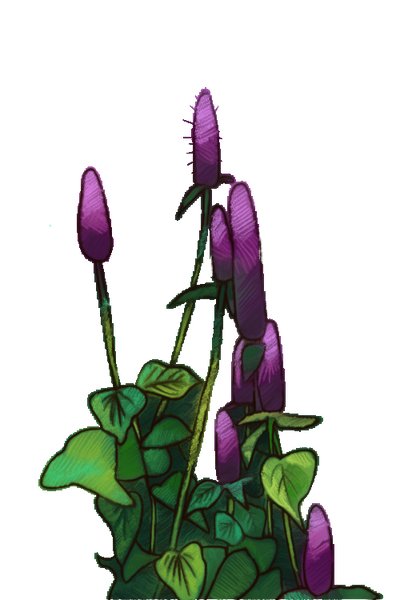Common Hyssop Guide

Hyssop is a super shrub supported by a woody stem. Ripe with history and medicinal value, it has been used as an antiseptic, cough suppressant, and expectorant. Hyssop naturally repels flea beetles and other pests while acting as a trap crop for cabbage moths. The vibrant purple blooms are inviting to pollinators and add a delightful splash of color to any garden.


TO SOW
Hyssop flowers grow best in warmer weather between 60°F -90°F. They do great in containers and small gardens. Bank on Seeds recommends direct seeding.
If Direct Seeding
- Direct seed outside 3-4 weeks after last frost date; or
- Direct seed into a container 14 inches deep and wide anytime of the year. It can be placed outside when the temperature is between 60°F-90°F; or
If Transplanting
Begin the growing season early and start the Hyssop seeds indoors in trays or pods 1-2 weeks before the last frost date; clingwrap the container to seal in the warmth. Germination is best and fastest between 68°F-85°F. It can be transplanted outside 6 weeks later.
Sow hyssop seeds ½ inch deep and 6 inches apart with rows spaced 12-18 inches apart. Germination will take 8-14 days.
TO GROW
Common hyssop likes well-draining soil mixed in with aged compost. They also like full sun but can tolerate partial shade. Water moderately - check the top 2-3 inches of soil and if dry, then water it. Let dry between watering as hyssop is drought resistant.
Use aged compost, manure, 5-5-5-10 or 10-10-10 fertilizer every 6-8 weeks.
TO REAP
Hyssop flowers mature in 85-90 days. Cut the blooms for a pop of color in your home or keep them in the garden to attract hummingbirds, butterflies, and other pollinators. Once the flowers fully bloom, cut the stem and hang upside down to dry.
Deadheading will encourage continued growth. Cut back the plant entirely to overwinter for next season. NOT for consumption.
PESTS/DISEASES
Scale, nematode – handpick off, neem oil, plant marigold nearby
Root rot – do not overwater, use well-draining soil
*Plant Common hyssop with rosemary, chives, and catmint. Avoid planting near radishes. Hyssop is an excellent garden helper. *

